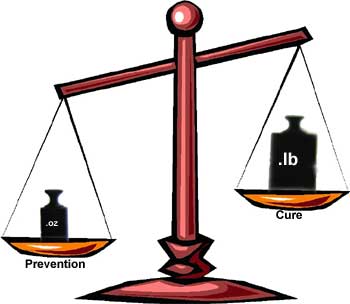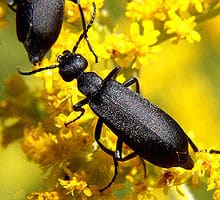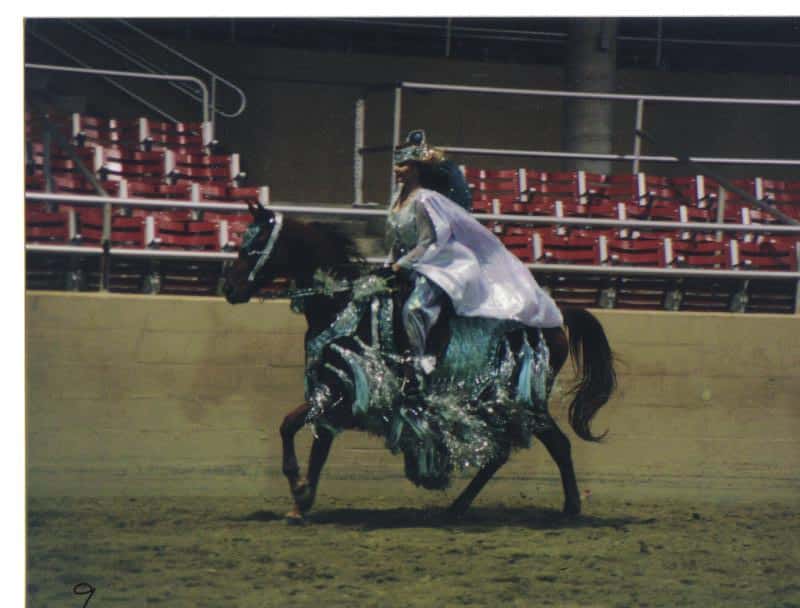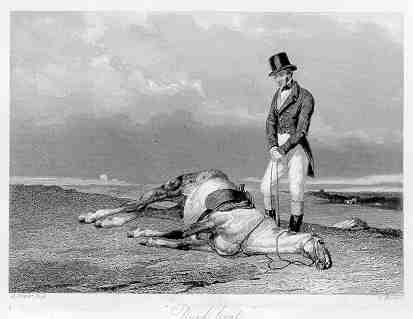I was talking to a friend yesterday and he told me about “Blister Beetles”. He said they live in alfalfa hay or in fields in the mid-west and if a horse eats one, they basically just die. Is that true? Is there a treatment? CW – 10/1711
Beetles in the Coleoptera family Meloidae are commonly known as “Blister beetles.” They are known as blister beetles because they secrete cantharidin, a poisonous chemical that causes blistering of the skin and painful swelling. Several common species feed on alfalfa plants used for hay crops. The problem occurs because beetles may get crushed during the haymaking process and baled in hay.
The cantharidin toxin is very stable and remains toxic even in dead beetles. This is not good stuff; cantharidin is comparable to cyanide and strychnine in toxicity. Horse (and other animals) are poisoned by ingesting the beetles in cured hay.
If eaten by horses cantharidin gets absorbed through the intestine. If the dose isn’t very large, it causes symptoms such as inflammation, colic, straining, elevated temperature, depression, increased heart rate and respiration, dehydration, sweating, and diarrhea. In the first 24 hours after ingestion horses urinate frequently, due to inflammation of the urinary tract by the toxin. This irritation may also result in secondary infection and bleeding. Blood calcium levels may be dramatically lowered and heart muscle tissues may be destroyed.
Unfortunately, in large enough doses, affected animals can die within 72 hours. And, your friend was right – there is no effective treatment.
 The best way to deal with blister beetles is to prevent the hay from getting infested through management practices such as removing blooming weeds, or harvesting before the alfalfa blooms. This makes the fields less attractive to the beetles. Unfortunately, modern haymaking practices, such as the use of hay conditioners, can increase the presence of blister beetles.
The best way to deal with blister beetles is to prevent the hay from getting infested through management practices such as removing blooming weeds, or harvesting before the alfalfa blooms. This makes the fields less attractive to the beetles. Unfortunately, modern haymaking practices, such as the use of hay conditioners, can increase the presence of blister beetles.
For lots more on blister beetles, check out the fact sheet published by Colorado State University at http://www.ext.colostate.edu/pubs/insect/05524.html.







